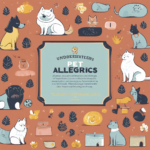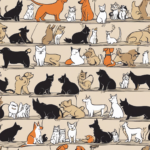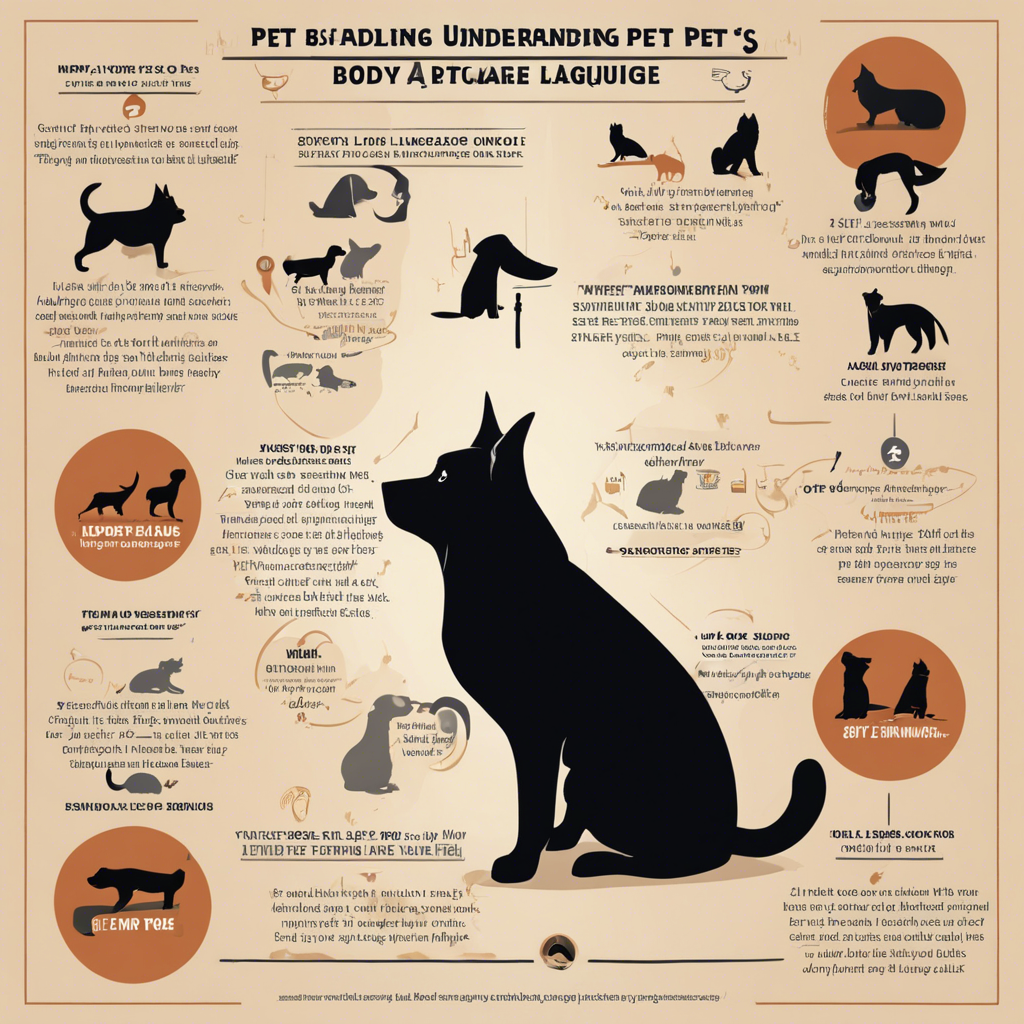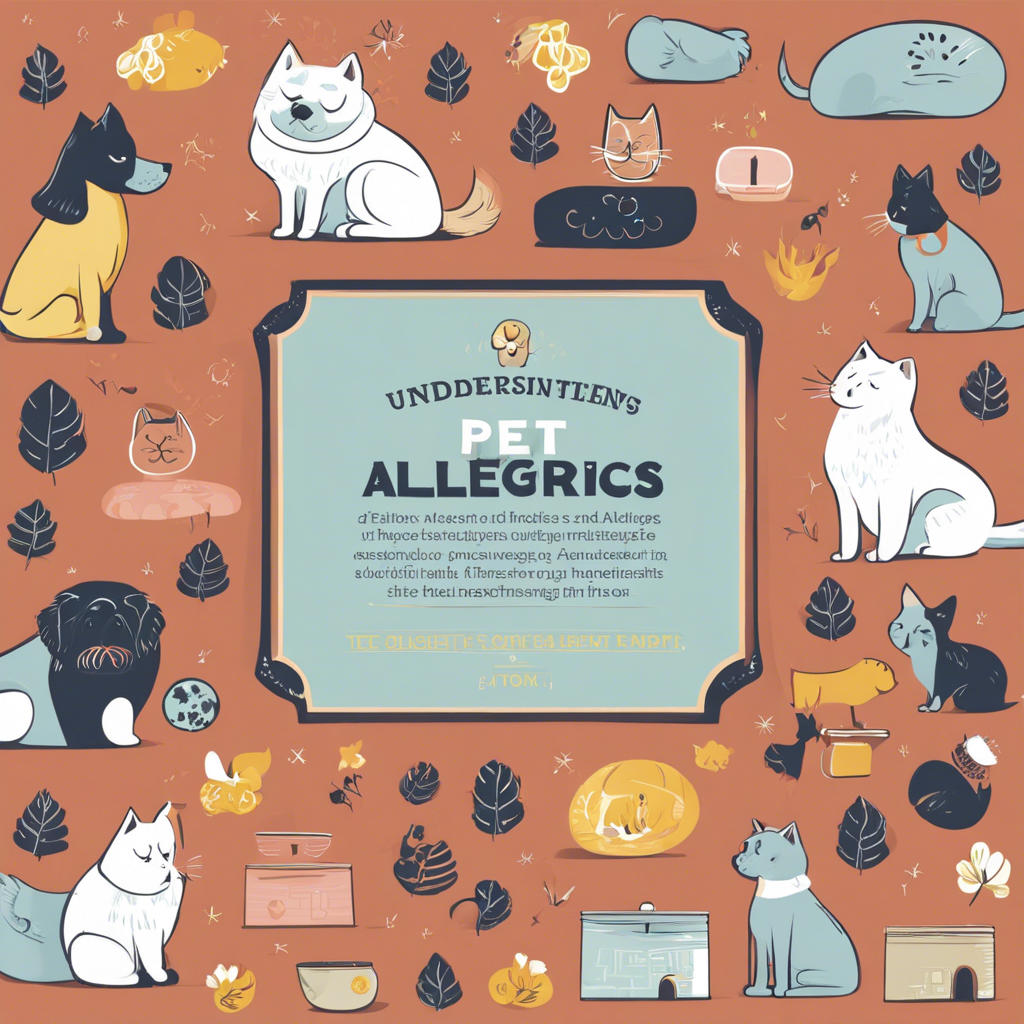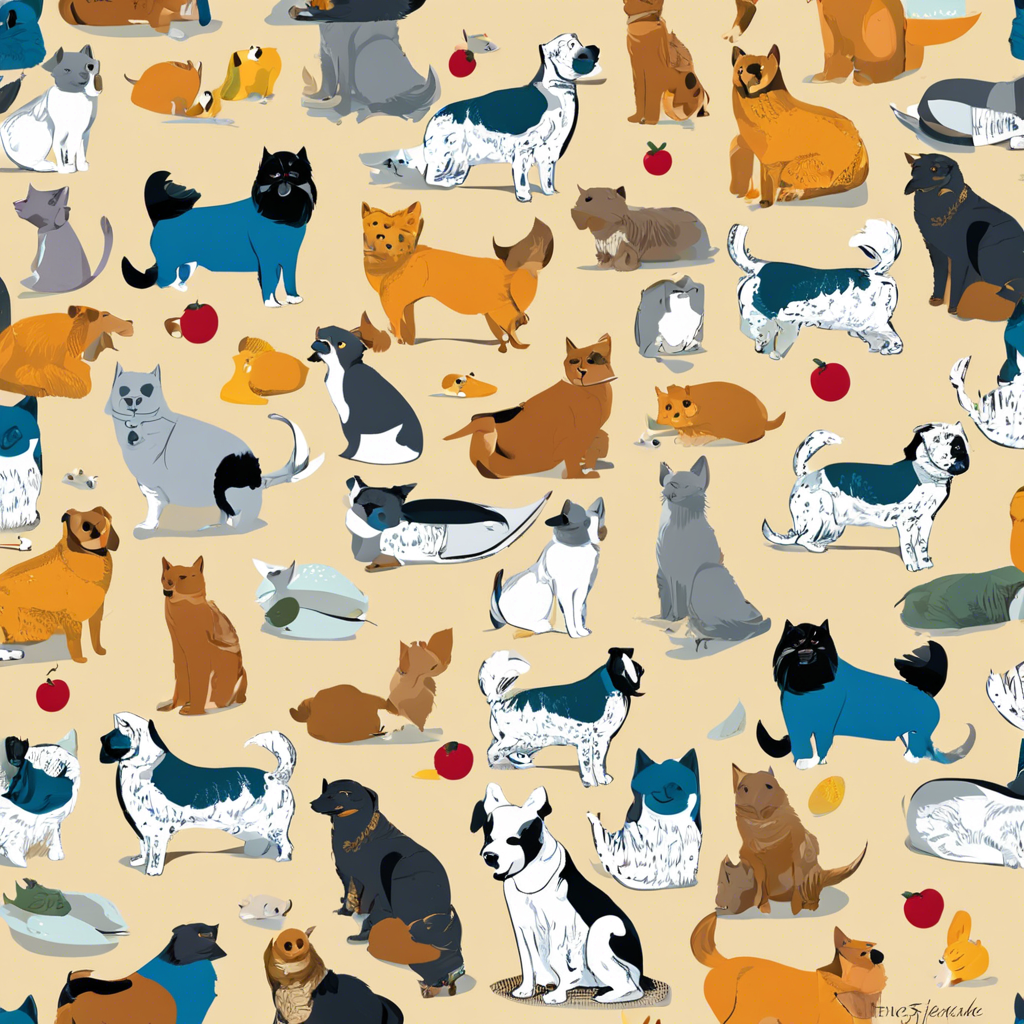# Understanding Your Pet’s Body Language: A Guide to Their Non-Verbal Cues
As pet owners, we often pride ourselves on our ability to understand our furry friends’ unique language. We celebrate those moments when we correctly interpret their whines, meows, or barks as expressions of joy, fear, or hunger. However, our pets also communicate volumes through their body language, and learning to recognize these non-verbal cues is essential for building a deeper connection with them.
A relaxed and content pet will exhibit loose and wiggly body language. Their movements will be fluid, and they may have a soft and relaxed mouth, with their tongue slightly lolling to the side. You might notice a slight curl to their back, indicating a readiness to play or enjoy a good scratch. Their tails will be relaxed and may even be gently thumping if they’re particularly happy.
In contrast, a fearful or anxious pet will display stiff and tense body language. Their movements may become abrupt and jerky, and they might freeze in place or try to make themselves appear smaller, tucking their tails and lowering their heads. An anxious pet may also lick their lips, yawn frequently, or display ‘whale eye,’ where the whites of their eyes are visible.
Understanding these subtle cues can help us better respond to our pets’ needs and provide comfort or reassurance when they’re feeling uncertain. It’s also important to recognize the signs of aggression, which can help prevent bites or other unwanted behaviors. An aggressive posture may include a stiff and upright tail, erect fur along the back, and a direct, intense stare.
Our pets’ body language can also provide insight into their health and comfort. For example, a dog holding its hind leg up may indicate joint pain or injury, while a cat constantly licking its fur could suggest skin irritation or allergies. Recognizing these subtle changes in their body language can help identify potential health issues early on.
By familiarizing ourselves with the unique body language of our pets, we can enhance our bond with them and improve their overall well-being. It’s a fascinating aspect of pet ownership that often goes unnoticed but can reveal so much about our beloved companions. So, the next time you interact with your pet, take a moment to observe their body language and ask yourself what it might be telling you.
Remember, every pet is unique, and understanding their body language is a continual learning process. Over time, you’ll become more attuned to their subtle cues and develop an even closer connection with your furry friend. Observing and interpreting their non-verbal communication is an enjoyable and rewarding aspect of being a pet parent.
So, keep an eye out for those tell-tale signs of happiness, anxiety, or discomfort, and you’ll be well on your way to a deeper understanding of your beloved pet’s world. It’s a wonderful and enriching journey that will only strengthen the bond between you and your four-legged companion.
